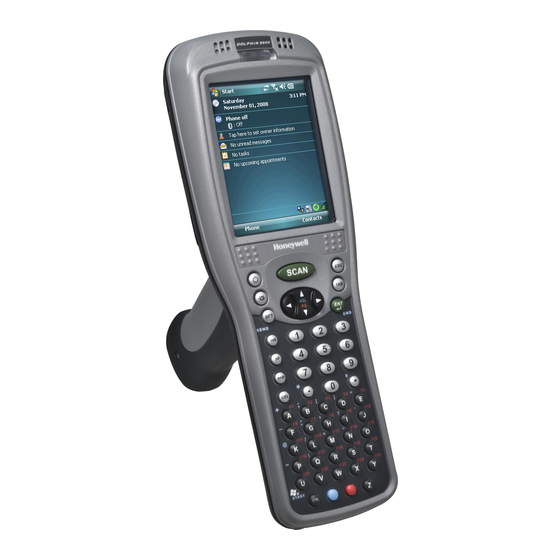
Honeywell Dolphin 9900 User Manual
Dolphin 9900 series
Hide thumbs
Also See for Dolphin 9900:
- User manual (170 pages) ,
- Quick start manual (13 pages) ,
- Supplementary manual (4 pages)
Table of Contents
Advertisement
Quick Links
Download this manual
See also:
User Manual
Advertisement
Table of Contents








Need help?
Do you have a question about the Dolphin 9900 and is the answer not in the manual?
Questions and answers